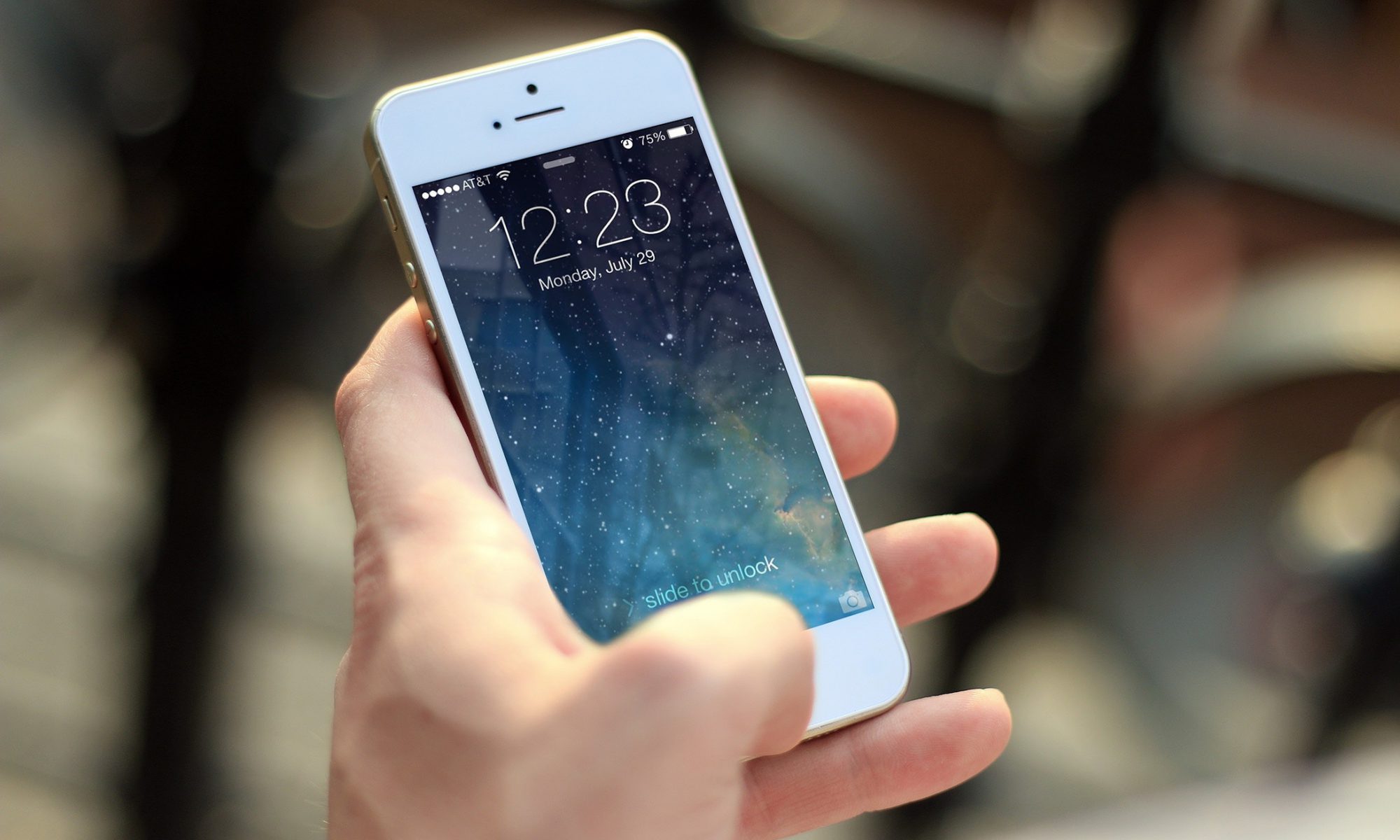Push notifications have re-surfaced as a cost-effective way to increase and maintain customer engagement since its first launch in 2009 by Apple, and Google in 2010. Some of the reasons points to the recent explosion in the mobile markets and greater internet access. With consistent growth in mobile users, it’s only a matter of time before mobile becomes the new standard in customer acquisition and customer engagement.
Customers Have Gone Mobile
We bet, most, if not all of your customers are mobile users. Small businesses have been increasingly aware of this fact. According to Global Digital 2019 reports, 5.112 billion or two-thirds of the world’s population are mobile users. This, coupled with the rapid growth of social media makes mobile marketing not only useful, but a necessity for every small business.
Tech-savvy business owners are no stranger to email and social media marketing, yet many small businesses still haven’t seen the potential or shy away from push notifications. They work extremely well when combined with sales and marketing automation and, when it comes to real-time customer engagement, no method comes close to having a well-designed and well-executed push notification mobile marketing strategy.
How Push Notifications Work
One of the defining characteristics of push notifications is its ability to be seen through the user’s “heads up display,” which gives it a distinct advantage over email, SMS, and social media. These very short messages, typically 1 or 2 lines of text or around 80 characters, have been contextualized for the individual user. They can also be time-sensitive and thus relevant for a specific time only.
One example would be, “Hey Sarah, we have added 50 credits in your wallet for today’s year-end Sale. Shop now.”
There are several approaches to using push notifications as a mobile strategy for business in addition to email and social media marketing. Small Business Dream has created an app that is perfect for networking events. It allows you to push a button which will send the recipient a vcard with all your information while letting you collect some important data about that person. You never know where this connection will go or if this person will become a client, a partner, or a supplier.
Users on the customer’s side need to download and use the app in order to get notified via Google Cloud Messaging (GCM) or Apple Push Notification Service (APNS). They may or may not have the option to get notified upon install. Conversely, users may uninstall the app if they don’t want to be notified again. Use caution so as not to annoy your recipients and cause a lot of uninstalls.
Simple Push Notification Strategies You can Use
Before going on with the specific examples, be sure to observe the following when designing your push messages. They should be:
- segmented
- relevant
- catchy
- compelling
- concise
Here’s some uses for push notifications for your small business:
1. Seasonal goods and services. Your messages can be tailored based on what’s currently in season. For instance, you can send push notification during hot summer days like, “Love the sun today? Stay cool and fresh with our stunning hats and sunglasses at 10% off.” This applies to special days as well, like Father’s day or Thanksgiving.
2. Markdowns on selected items. Your old inventory could be taking valuable space and you want to get rid of them as fast as possible to maintain your cash flow. You can get help by sending push messages to a specific category about a price drop. Your message can go something like, “Hey Mark, as a Nike fan, you can get 20% on selected items when you drop by at ABC Store today.”
3. Reminders for inactive app users. The nice thing about using a push notification service is it enables you to check on who uses your app more often and those who don’t (the app interacts with the app server and GCM or APNS with each launch). You can then use the data to send an automated push notification message such as, “Jeff, you have 50 unused credits in your wallet. And we’re adding 50 more because it’s Season End Sale. So hurry. Shop now.”
4. User feedback. Customer survey is an excellent tool for improving customer engagement, allowing you to segment your contacts further and be more relevant to your users. Know their preferences and ask about their experience using the product or service. Something like, “Hi Dennis, your experience matters to us. Tell us how you feel so we can better improve our service.” Insert a link below that says, “Take Survey Now” to take them to your survey page.
5. Geofencing. A bit more advanced, but if your app can pull this off, geofencing can work miracles for brick and mortar stores. By default, Google tracks your customer’s location, and you can use this feature to trigger a push notification message, say when a customer enters your store 5 times. Depending on which category they fall into, you can send a push message like, “Bet you’d like our men’s apparel on sale at 10% off.”
Conclusion
Push notification can work wonders for your business if handled well. Regardless of marketing technology, be it sales and marketing automation, or marketing strategies like email and social media marketing, your creativity and sensitivity to customers’ needs will set you apart from other businesses. It’s all about planning and execution. For small businesses that are struggling or want to increase their sales, download mobile apps like Small Business Dream that combines the power of sales and marketing automation and push notifications, enabling businesses to engage with customers on multiple touchpoints.

